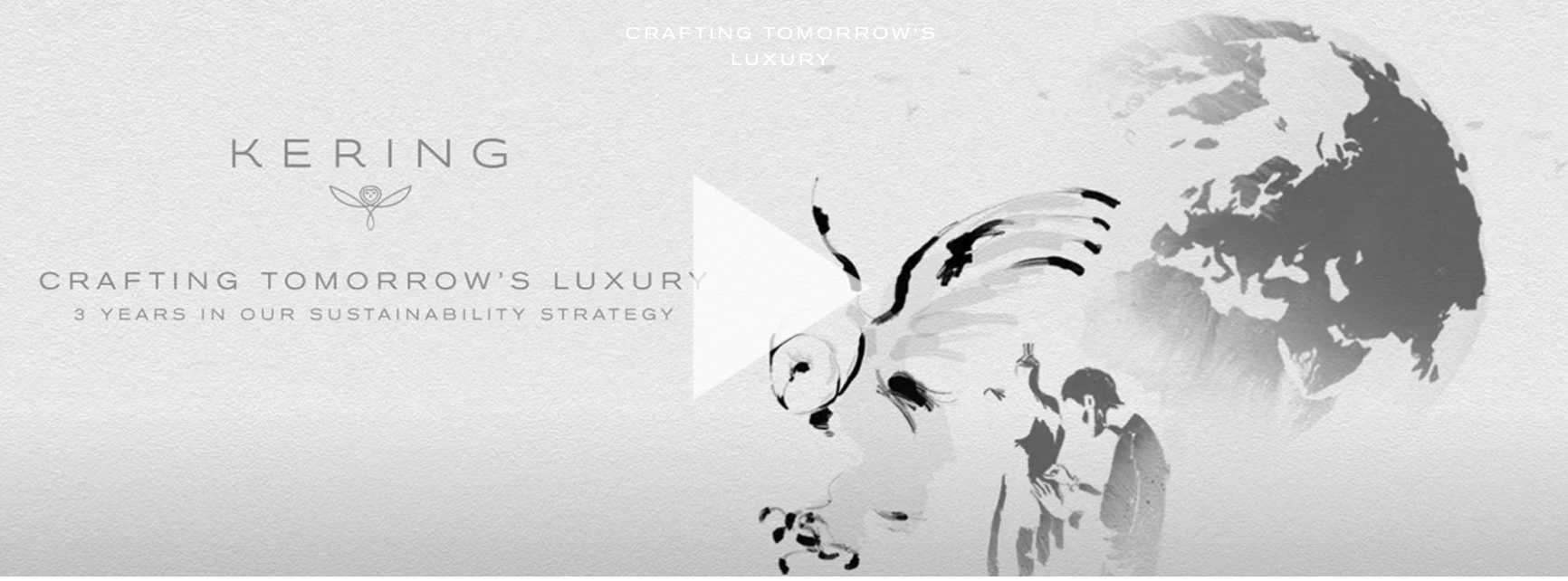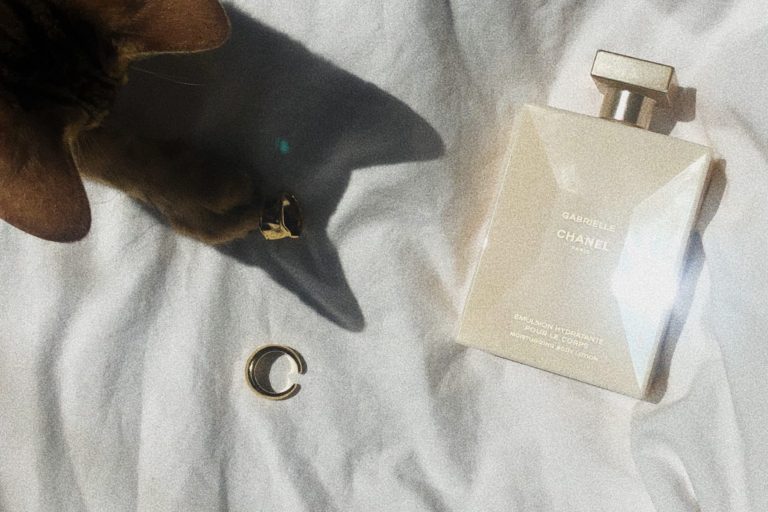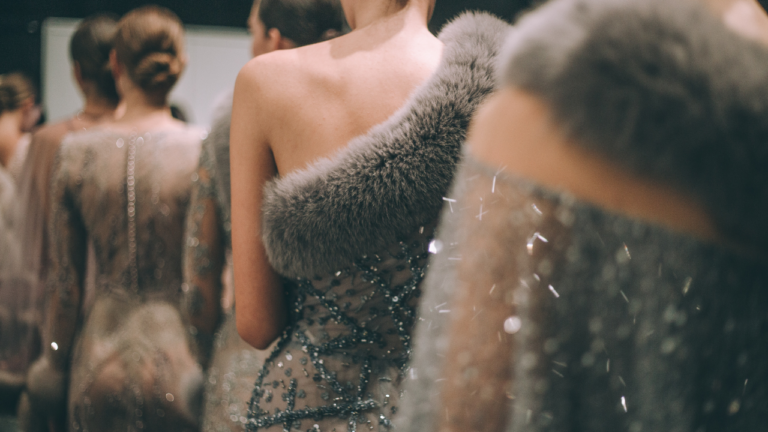Who is Kering? The French Luxury Conglomerate
Kering, the brand we hear of so often today, is a luxury conglomerate that specializes in luxury fashion, from leather goods, watches and jewelry. This one company owns many of the brands we know well such as Gucci, Balenciaga and Alexander McQueen. company.
It feels like a larger than life concept that one person or a few people on a board could control basically half the fashion industry. Sometimes as consumers we are so captivated with the marketing and visuals of luxury brands that we might not know that these brands work together or are controlled by the same company. The reality is that the impact they have on fashion is humongous and so palpable because any branding and marketing efforts they produce, shapes our perceptions and preferences in the fashion industry on a day to day basis.
To better understand the brands we consume and enjoy, let’s understand the history of Kering and what their company stands behind in terms of sustainability and their approach to social responsibility.
What is the history of Kering and how has this company evolved over time?
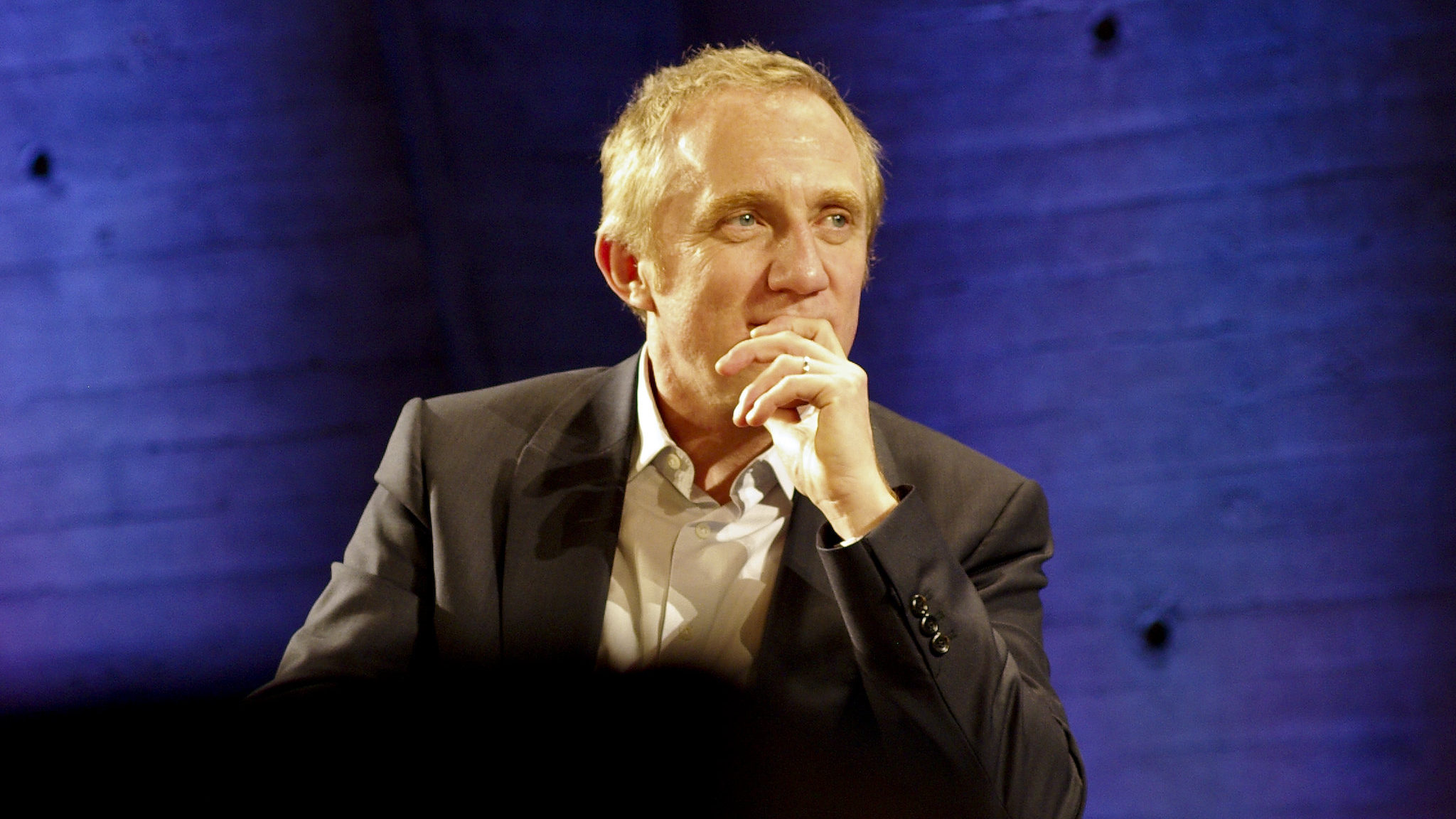
Kering was founded by Francois Pinault who has gone on to become a billionaire and one of the richest people in France. It started off as a small timber company in 1963, as Les Etablissements Francois Pinault.
At first, Pinault was solely in the timber business but within the decade, Pinault had already begun expanding his company through acquisitions by buying undervalued firms and evolving his empire into what it is today. He began by acquiring lumber manufacturers, which became construction material providers, and eventually paper suppliers.
It was in the 1980s when Pinault shifted the company’s focus to retail and luxury goods. In 1986 he acquired Converse, the American footwear company, and in 1999 in a public battle with LVMH he managed to acquire Gucci, one of the world’s most recognizable luxury fashion brands. This was when Kering first broke into the luxury fashion industry and is perhaps the most significant purchase they have ever made.
Pinault showed great foresight and ability as a businessman during this time as Gucci was going through a severe financial crisis when he decided to acquire it. He had the vision that Gucci had the potential to be one of the most powerful luxury brands in the world.
With the success of Gucci, Pinault continued to diversify his company’s luxury portfolio, acquiring a majority stake in Yves Saint Laurent in 2000, and then a controlling stake in Alexander McQueen, Balenciaga and more.
With each acquisition, the brand evolved over time, from being known as Les Etablissements Francois Pinault, it became Pinault-Printemps Group, then it was renamed again to Pinault, Printemps-Redoute and eventually in 2013 it was renamed to Kering, what we know today. It is pronounced as ‘Caring’ to reflect its new identity.
How does Kering approach sustainability and environmental responsibility?
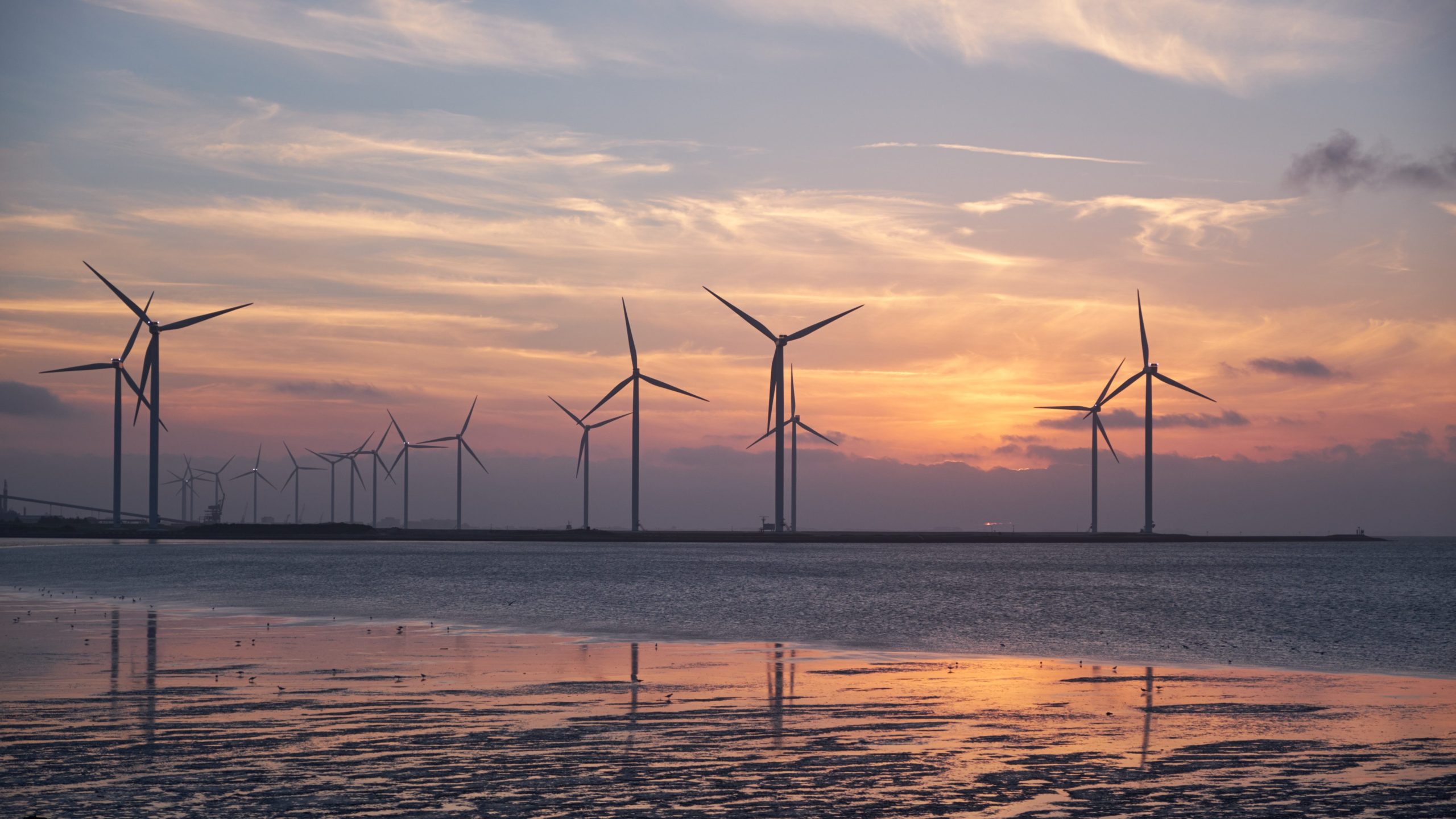
Kering’s own name was made to reflect the word ‘Caring’ which I think says a lot about their approach to sustainability and environmental responsibility. In fact, they were renamed to Kering because the company wanted to signify their commitment to environmental and social sustainability which is very important for consumers in this day and age.
“At Kering, we care about our impact on the planet and on people and we see this responsibility as an opportunity to reinvent our business and indeed luxury as a whole.”
– Francois-Henri Pinault, Kering Chairman and Chief Executive Officer
In 2017, Kering signed the Fashion Industry Charter for Climate Action with the goal to be carbon neutral by 2020. In fact, the Dow Jones Sustainability Indices recognized them for their efforts and Kering was named the world’s most sustainable luxury group in 2019.
This is amazing as it comes at a time where just a few years ago, fashion brands such as Burberry, H&M, Nike and Urban Outfitters, were under fire for burning their own unsold products to get rid of inventory. Apparently this was the most “cost-effective” way for luxury brands to avoid devaluing their image, however it is very unethical for the environment. Searching up these brands, I am glad that none of Kering brands were named in these articles.
In fact, Kering has actually achieved their goal of being carbon neutral for Gucci, one of their biggest luxury brands.
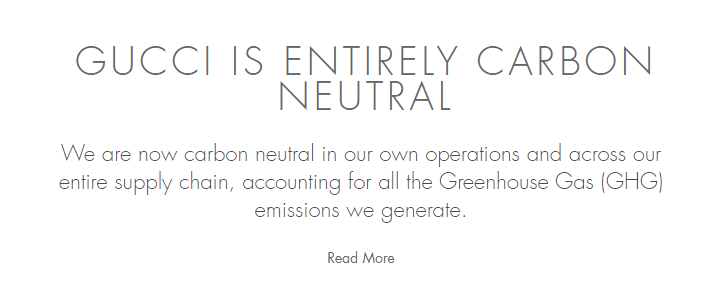
Unfortunately it is hard to be a completely green company, and Alexander McQueen still uses fabrics that are highly-polluting such as acrylic, spandex, polyester and nylon. Instead it seems that Kering makes their companies carbon neutral by investing in carbon offset projects, such as renewable energy and reforestation to neutralize emissions that they currently have not managed to eliminate.
Today, Kering is considered to be one of the most powerful and influential luxury conglomerates in the world competing against competitors, LVMH, Hermes and Richemont.
How Many Brands are Under Kering?
Kering was first founded in 1963 and has gone on to acquire many brands.
Some of the brands they currently own include:
Gucci, Saint Laurent, Bottega Veneta, Alexander McQueen, Balenciaga, Brioni, Christopher Kane, McQ, Tomas Maier, Boucheron, Dodo, Pomellato, Qeelin, Ulysse Nardin, Girard-Perregaux and Puma.
Keep in mind that due to their nature of acquiring firms, and competing with other conglomerates, this list is constantly changing.
READ MORE: Who was Cristobal Balenciaga?
